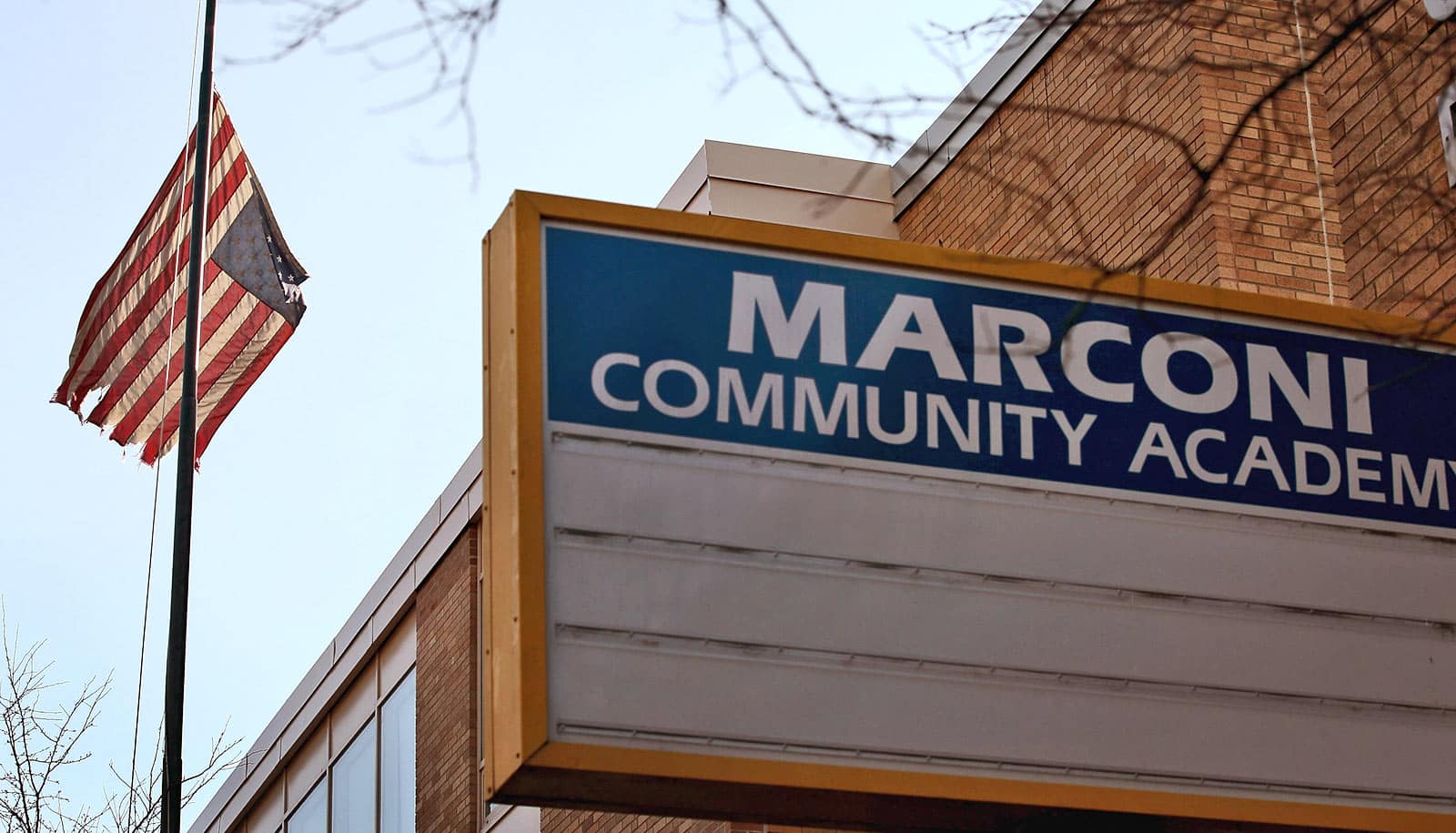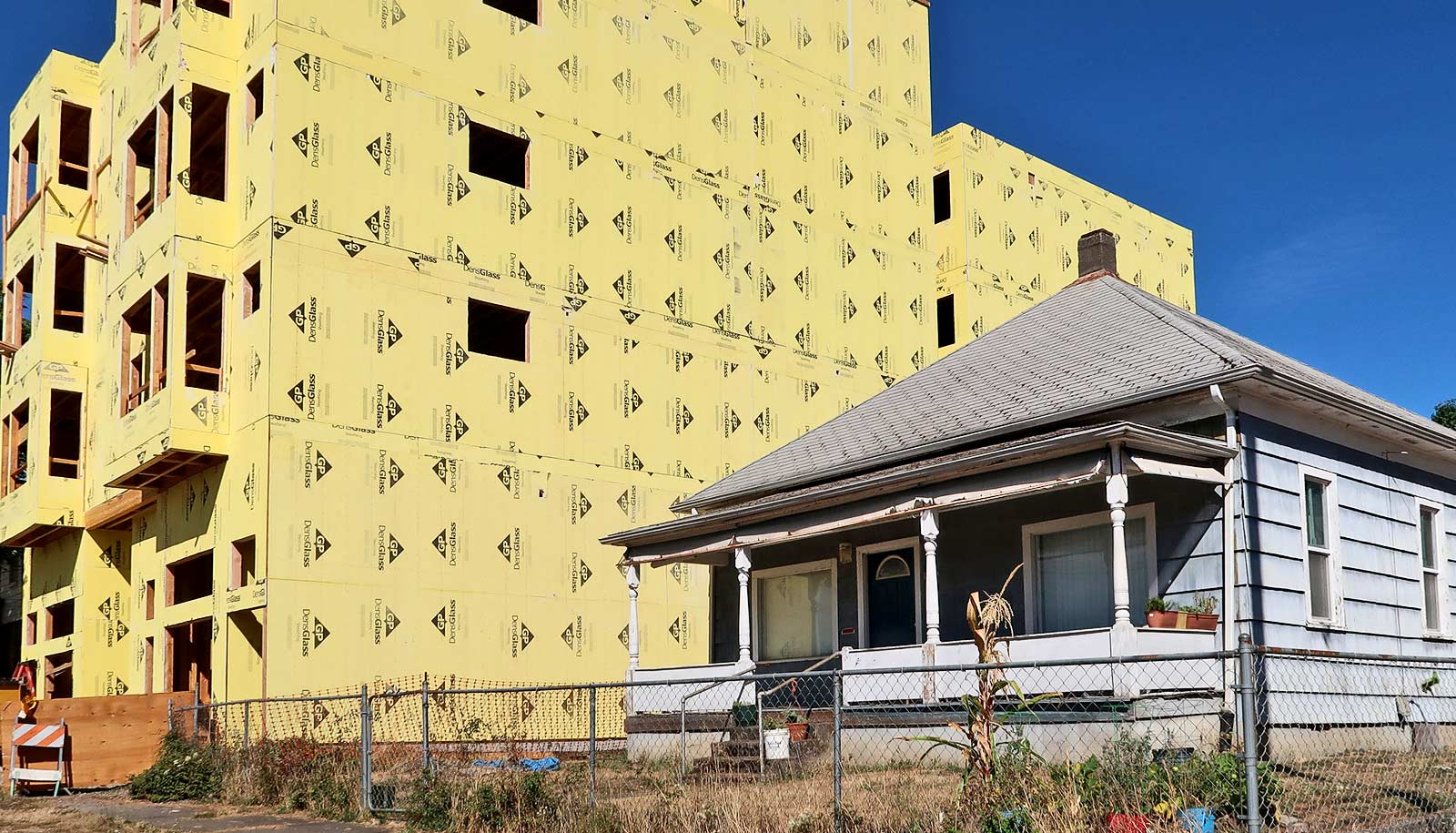Shuttering schools increases gentrification but only in predominantly Black communities, an analysis of census and school closure data finds.
Last month the school board in Oakland, California, voted to close or merge nearly a dozen of the district’s 80 schools, citing enrollment declines and financial challenges made worse by the pandemic. With that decision, Oakland joined a growing number of cities that have issued mass school closures in recent years, including Chicago, Detroit, and Philadelphia.
Opponents of school closures typically point to the impact on students’ education, such as larger class sizes and longer travel times to and from school. But according to a sweeping new study, shuttering a school affects more than its students’ education. It changes the landscape of a community, contributing to the disintegration of Black neighborhoods nationwide.
Researchers at Stanford Graduate School of Education (GSE) combined US Census data with national statistics on school closures to investigate whether the closures affected patterns of gentrification, a phenomenon marked by an influx of relatively affluent residents in previously disinvested neighborhoods and subsequent rises in housing prices.
School closures increased gentrification, the study finds—but only in predominantly Black neighborhoods.
The study, which provides the first quantitative evidence of the impact of school closures on gentrification, was recently released as a working paper by the Stanford Center for Education Policy Analysis and will appear in the journal Sociology of Education this spring.
“School closures are one of the most politically fraught issues in urban school reform today,” says Francis A. Pearman, an assistant professor at Stanford GSE and lead author of the study. “This study sheds new light on the consequences of these closures, in particular for the future of Black communities.”
The impact of school closures
The study’s authors set out to fill a gap in existing research about the impact of school closures on nearby neighborhoods.
“There’s been a fair amount of research on the effect school closures have on student achievement, but very little on what they mean for communities,” says Danielle Marie Greene, a doctoral student and coauthor of the study. “The evidence we had was largely anecdotal.”
For their analysis, the researchers integrated data from several national datasets, including information from the National Center for Education Statistics on every urban school closure that occurred nationwide between 2000 and 2012. They also collected US Census population data for characteristics of individual neighborhoods across the years to determine which underwent the hallmarks of gentrification during the study period.
The researchers defined a neighborhood as gentrified if it met certain criteria: 1) at the start of the study’s time frame, it had a median income and a share of recently constructed housing that were both below the 50th percentile of its respective city; and 2) between 2000 and 2012, it saw increased housing prices (adjusted for inflation) as well as a percentage increase in college-educated households that exceeded the city-wide increase.
The study found that the impact of school closures on patterns of gentrification was concentrated among neighborhoods with majority Black populations. There, school closures increased the likelihood of gentrification by 8 percentage points, from 19 to 27%.
Gentrification begins
The closure of Black schools increased the residential desirability of surrounding neighborhoods in a way that wasn’t observed in other community types: When school closures happened in white and Latinx communities, the researchers found little evidence of property values rising or more affluent households moving in. In other words, says Pearman, “school closures help jump-start the gentrification process, but only in Black neighborhoods.”
Speculating as to why the shift didn’t appear in low-income white or Latinx neighborhoods, Pearman suggests it could be attributed to a low regard that affluent households generally have for economically disadvantaged Black schools.
“Affluent folks generally aren’t dissuaded from moving into low-income white or Latinx neighborhoods on account of the local schools,” says Pearman, pointing to the role that race plays in this decision. “Schools in white and Latinx neighborhoods, even if they’re low-performing, are still perceived as options because they aren’t Black.”
The study found that school closures in low-income white neighborhoods actually diminished the likelihood of gentrification by about 3 percentage points, suggesting that poor schools in non-Black neighborhoods were still considered amenities by more affluent families looking to relocate to urban areas.
Meanwhile, says Pearman, Black schools in disinvested parts of the city function, in part, as de facto safeguards against gentrification. “When schools in Black neighborhoods remain open, surrounding areas are unlikely to experience gentrification,” he says. “This is partly due to the fact that affluent households, especially affluent white households, are unlikely to enroll their children at majority Black schools, regardless of their quality.”
By providing evidence of the impact school closures have on neighborhood gentrification, the study builds on a growing understanding of educational policies that can fuel urban inequality and the dispossession of communities of color.
“School closures are emblematic of a larger spatial and racial reimagining of US cities,” says Greene. “In an era where school districts are writing statements and promising policy in ‘defense of Black lives,’ this study is a reminder that school closures, as an educational reform strategy, can materially contribute to the disintegration of Black communities.”
Source: Stanford University



